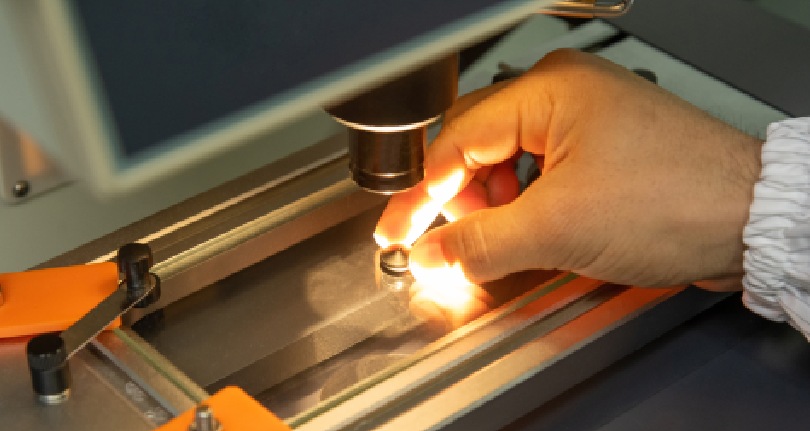If you are reading our blog, chances are that you came here looking for information about laser micromachining and its uses. Let us walk you through the basics of laser micromachining and update you with every small bit of information you require to move ahead in your manufacturing process.
The advent of laser beam micromachining technology has facilitated a much more complex yet precise way of micromachining. Be it cutting or texturing, the remote feature of laser micromachining has now replaced the more traditional methods that were used earlier to drill holes or design slots with intricate shapes across industries ranging from automobile and aerospace to even the medical field.
What is Laser Micromachining?
Laser micromachining can be best described as removing extra material to reshape a product to form a more complex design using lasers. The use of lasers instead of the previously preferred mechanical procedures allows us to alter the shape of any product to the most accurately desired form with fewer defects and more precision.
Industries that use Laser Micromachining
The high precision that micromachining using lasers can achieve has enabled its usage to transcend across industries – including but not limited to optical fiber manufacturing, glass cutting, the production of lithium batteries, the automotive industry, and the production of semiconductors.
Since lasers are light beams, everything from their intensity to their diameter can be altered to acquire the desired result to produce high-quality products, especially when it comes to medical equipment manufacturing.
Types of lasers used for micromachining
The most commonly used laser technology for micromachining relies on the usage of the ultrashort pulse (USP), which is a high-power femtosecond laser with a duration of only a few hundred femtoseconds. The short-term and high intensity of the laser allows for the manufacturing process to become much quicker while, at the same time, a lot more accurate when compared to its mechanical counterpart. USP lasers can be used to process metals, glass, polymers, and ceramics – making them exceptionally useful across the manufacturing of various products using various materials.
Essential Components of Laser Micromachining
While laser micromachining can be used across different industries to manufacture various products made of other materials, another important aspect of the procedure includes the environmental components of the setting in which it is used. Some of them have safety measures for the operator such as light curtains and proximity sensors to avoid accidents, advanced user interface, ergonomic features and easily accessible subsystems of the machine unit for its maintenance, proper data logging tools for more efficient processing and precise outcome as well as dampeners to stabilize the vibrations and keep the processing zone isolated.
Conclusion
While the world takes advantage of the use of laser micromachining, we – at Dynotech – have brought the same world class technology of precision, laser micromachining to India to meet the requirements of our customers and deliver results that remain undefeated throughout industries.

